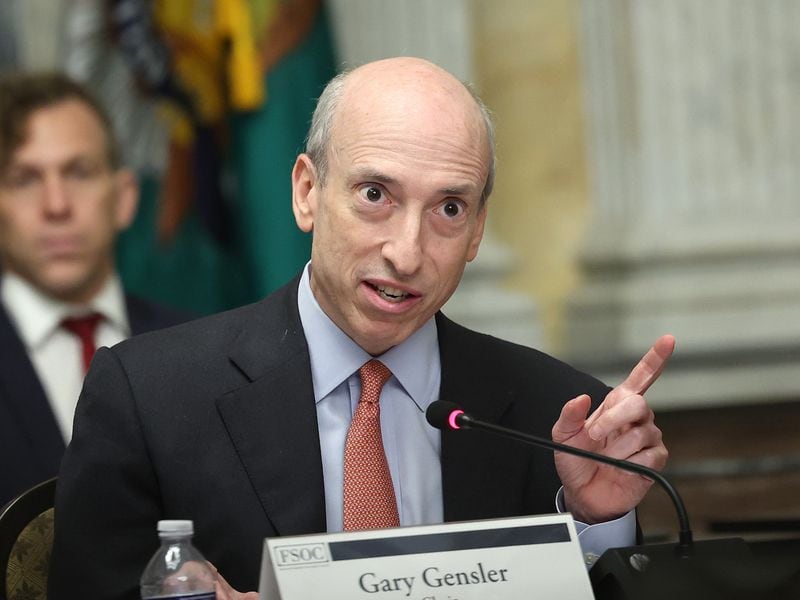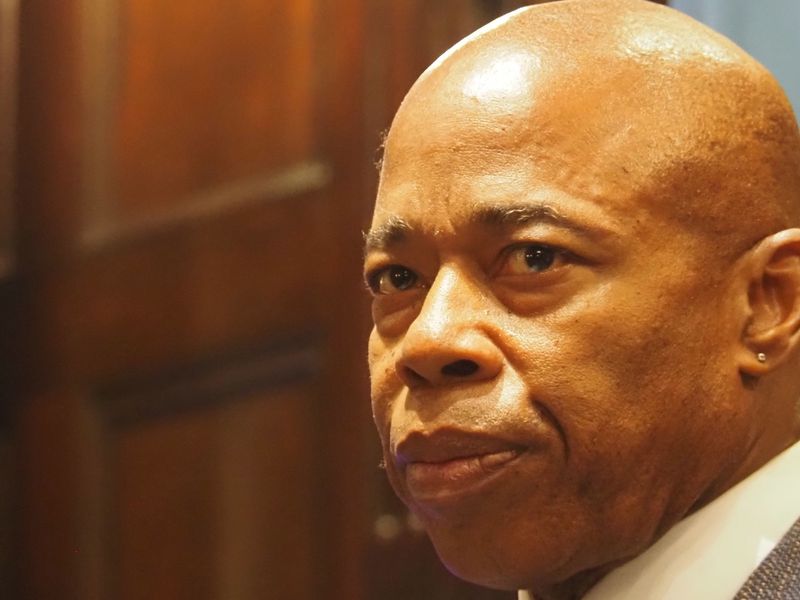In today’s issue, Jason Leibowitz, head of private wealth at Hashnote, examines the current political climate in the U.S. and its potential impact on the crypto industry.
In Ask an Expert, Connor Farley, CEO of Truvius, discusses Millenial’s interest in crypto investments and how advisors can help them.

00:38
Rep. Ro Khanna on Division Between Parties in the U.S.

01:57
Russia Legalizes Crypto Mining; California’s DMV Loads 42M Car Titles On-Chain

01:02
Nvidia Becoming More Volatile Than Bitcoin and Ether

00:57
Anthony Pompliano on Evaluating Politicians and Their Promises
The Election Effect and Beyond: What’s Driving Crypto Markets?
A major influence steering the crypto market today is the presidential election this November. This pivotal race, coupled with recent significant developments, has fostered a bullish environment for digital assets. The CoinDesk 20 Index, a reliable barometer of broad-based crypto market performance, has been rallying in response to these catalysts. Investors can access the CoinDesk 20 Index through private funds, offering a direct and efficient way to gain exposure to this burgeoning asset class.
Former President Donald Trump, the Republican nominee and current frontrunner in the election, has emerged as a staunch advocate for cryptocurrencies. Last weekend, on July 27, he delivered a rousing keynote speech at the Bitcoin 2024 conference in Nashville. Addressing an at-capacity crowd, Trump laid out his vision for the U.S. to become the global hub for crypto innovation. He pledged to replace Securities and Exchange Commission Chairman Gary Gensler, known for his anti-crypto stance, a promise that was met with enthusiastic approval from the audience. Trump’s commitment to holding onto the approximately 200,000 bitcoin currently in the US government’s possession, labeling it a strategic stockpile, underscores his dedication to integrating digital assets into national policy.
This pro-crypto stance is echoed by Trump’s running mate, JD Vance, who holds a significant amount of Bitcoin. Vance’s investment reinforces the campaign’s commitment to the digital asset space, appealing to a growing voter base interested in the burgeoning asset class.
Senator Cynthia Lummis’ proposed legislation, which calls for the U.S. government to purchase 1 million bitcoin to hold for at least 20 years, adds another layer of potential bullish impact. While it remains unclear how realistic this may be, such a move could bolster market confidence, not to mention the potential of spurring competition among nation-states to acquire strategic reserves of Bitcoin, driving prices higher.
Crypto has evolved into a bipartisan issue, with both political parties increasingly embracing the industry. Vice President Kamala Harris, seen as the de facto Democratic nominee following President Joe Biden’s withdrawal from the race, is reportedly engaging with crypto firms, indicating a shift towards a more supportive stance on digital assets. This bipartisan appeal is crucial, as it suggests that regardless of the election’s outcome, the crypto market could benefit from favorable policies.
Moreover, 2024, being a Bitcoin halving year, has already reduced the supply of newly mined bitcoin, creating scarcity that traditionally supports higher prices. The introduction of spot ETFs for both Bitcoin and ether is another bullish indicator. These ETFs are expected to continue attracting new capital into the crypto market, drawing both institutional and retail investors. However, while ETFs provide exposure to price movements, private funds can offer additional yield opportunities through strategies like staking on long ETH positions, which ETFs cannot replicate.
Another factor is the Federal Reserve’s anticipated rate cut later this year. Historically, a dovish Fed has been bullish for risk assets, including cryptocurrencies. The expectation of lower interest rates may encourage more investment into the digital asset market.
Against this dynamic backdrop, the CoinDesk 20 Index efficiently reflects these bullish trends. In the 24 hours following Trump’s speech and the positive policy signals, the Index surged to new highs not seen since the spring, even though it was a weekend when most traditional markets were closed. The 24/7 trading capability of crypto markets allows for real-time pricing of significant developments, giving investors immediate feedback on market sentiment. This market trades fast and often, so engaging with experts in the crypto field, rather than traditional finance professionals who may lack specific knowledge, is crucial for navigating this complex and rapidly evolving asset class.
The confluence of these events creates a robust outlook for the crypto market. As the election approaches, the crypto market is poised for continued growth. The combination of political support, institutional adoption, and favorable economic policies sets the stage for a potentially significant upward trajectory. The recent market low on July 5th may have signalled the bottom of the current cycle for this secular bull market, paving the way for sustained growth in the months ahead.
Q: Do my Millennial clients want crypto in their portfolios?
A: Not only are Millennial investors interested in crypto, but according to a recent FINRA report, Millennial investors primarily invest in crypto (57% of surveyed investors) compared to mutual funds (43%) and individual stocks (38%). This is a staggering figure suggesting generational conviction in the long-term growth potential of the digital asset class.
Q: What does this mean for advisors?
A: Millennials stand to inherit the largest generational wealth transfer in history ($84 trillion in assets over the next 20 years). With digital assets currently represented in most Millennial investors’ portfolios, it’s difficult not to see digital asset adoption accelerating alongside blockchain technology itself.
Advisors must acclimate themselves with digital assets, how to introduce crypto into an overall asset mix, where to access digital asset investment products, and how to easily and compliantly get their clients suitable crypto exposure.
Q: How should I advise on crypto for Millennials?
From an investment advisory standpoint, familiarity with only bitcoin and ether is insufficient crypto awareness. It overlooks the broader fundamental value and diversifying properties both within and across the various sectors that comprise the digital asset class. Institutional investors know this and are already seeking multi-asset, actively managed crypto investment products.
Advisors should start by familiarizing themselves with the broader crypto market, including the various sectors (DeFi, Smart Contracts, etc.) and size segments (mega-cap, large-cap, mid-cap, etc.). Then, advisors should identify readily accessible investment products, such as SMAs, that provide diversified portfolios of numerous assets and span passive and active styles. These types of crypto investment products are supported by the time-tested portfolio theory seen with traditional investment strategies. Given the more diversified nature of these products, they reduce single-asset concentration risk and help cater to the gradation of investor risk and return preferences.
-
According to BlackRock’s chief investment officer of ETFs and index investments, bitcoin and Ethereum exchange-traded funds will soon be part of model portfolios.
-
The Bank of England announced plans to test digital ledgers and CBDCs.
-
Canadian firm Shakepay filed a request to the Department of Finance for Canadians to be able to hold bitcoin in Registered Retirement and Tax-Free Savings accounts, citing benefits over the ETFs.
Edited by Bradley Keoun.













